 View of Mount Kosciuszko from the east
View of Mount Kosciuszko from the east | |
| Elevation | 2,228 metres (7,310 ft) AHD[1] |
| Location | New South Wales, Australia |
| Range | Great Dividing Range / Main Range |
| Coordinates | 36°27′21.53″S 148°15′48″ECoordinates: 36°27′21.53″S 148°15′48″E |
| First ascent | 1840 by Paweł Edmund Strzelecki |
| Easiest route | Walk (dirt road) |
| Listing | Ultra |
Mount Kosciuszko is a mountain located in theSnowy Mountains in Kosciuszko National Park. With a height of 2,228 metres (7,310 ft) above sea level, it is the highest mountain in Australia(not including its external territories).[1] It was named by the Polish explorer Count Paul Edmund Strzelecki in 1840, in honour of the Polish national hero General Tadeusz Kościuszko, because of its perceived resemblance to the Kościuszko Mound inKrakow.[2]
The name of the mountain was previously spelt "Mount Kosciusko", an Anglicisation, but the spelling "Mount Kosciuszko" was officially adopted in 1997 by the Geographical Names Board of New South Wales. The traditional English pronunciation of Kosciuszko is /kɒziːˈɒskoʊ/, but the pronunciation /kɒˈʃʊʃkoʊ/ is now sometimes used.[3] The former pronunciation differs substantially from the Polish pronunciation [kɔɕˈt͡ɕuʂkɔ] (![]() listen), but the latter pronunciation is much closer to it.
listen), but the latter pronunciation is much closer to it.
Polish Dance in Australia
Polish National Dance Group, 1950
Research Materials |Other Resources
Polish dance heritage has contributed significantly to Australian dance culture. From early colonial years, dances of Polish origin, such as the mazurka, were an influence on both social and stage dance. A more tangible impact came with the decision by a number of Polish dancers to remain in Australia after the Ballets Russes tours of the 1930s. Their expertise, and the subsequent founding of the Polish-Australian Ballet, influenced the development of classical ballet in this country.
Another important contribution has come through folkloric ensembles, generally established since the 1950s by Polish immigrants aiming to preserve and promote their culture. These groups have both contributed to and influenced Australian dance through their recreation of traditional Polish dance, music and cultural traditions. Some of the numerous folkloric ensembles established all around Australia in the last 50 years or so are listed below.
The earliest such folk dancing group may have been formed on the ship M S Fairsea during its voyage to Australia in 1949. Early ensembles to be formally established include Krakowiacy in Melbourne in 1950, Krakowiak in Geelong, Victoria, and Oberek, in Hobart, Tasmania, both founded in 1952
Julia Piatek, Miss Poland.
 1) MISS AUSTRALIA – Jacinta Rokich started modelling in Australia over a year ago and was recently featured in an Aussie magazine for men called Ralph. Here is photo from that shoot…
1) MISS AUSTRALIA – Jacinta Rokich started modelling in Australia over a year ago and was recently featured in an Aussie magazine for men called Ralph. Here is photo from that shoot…http://www.djmick.co.uk/girls/sexy-jacinta-rokich-ralph-photoshoot/
 1) MISS AUSTRALIA – Jacinta Rokich started modelling in Australia over a year ago and was recently featured in an Aussie magazine for men called Ralph. Here is photo from that shoot…
1) MISS AUSTRALIA – Jacinta Rokich started modelling in Australia over a year ago and was recently featured in an Aussie magazine for men called Ralph. Here is photo from that shoot…



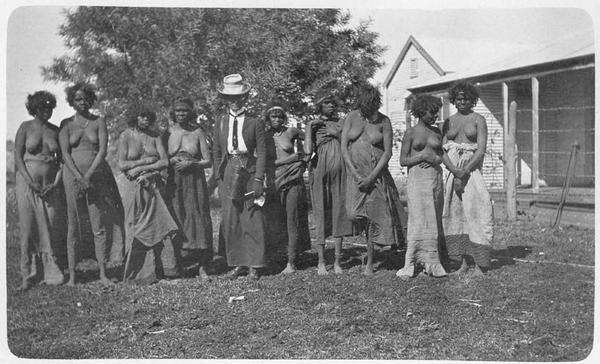






+copy.jpg)
































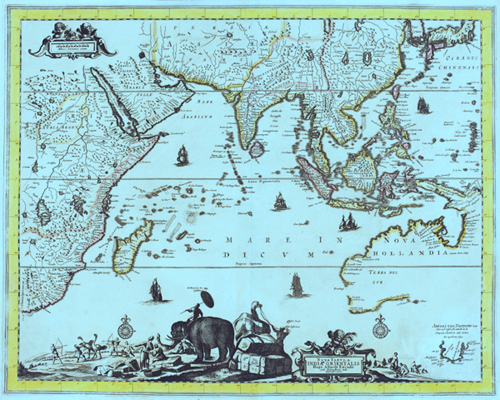

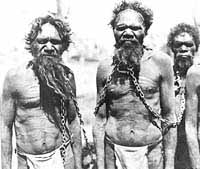
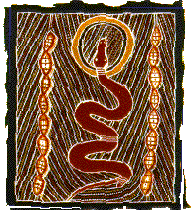


















.jpg)



























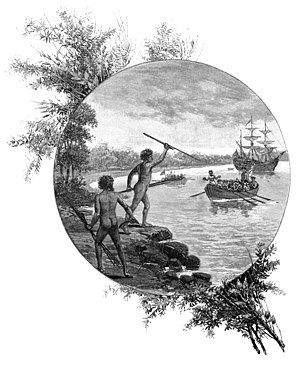 G
G







.jpg)
















No comments:
Post a Comment